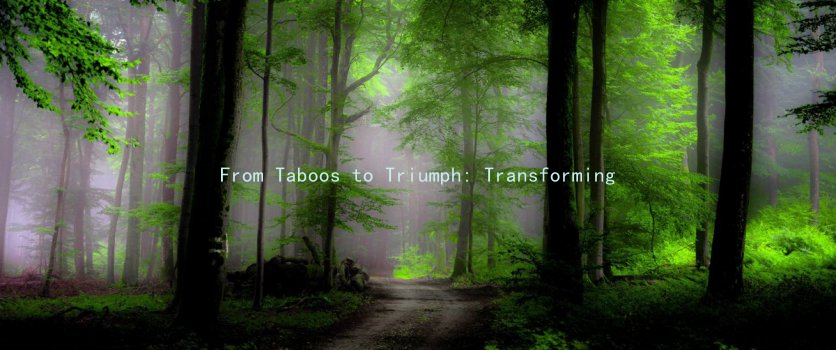From Taboos to Triumph: Transforming Cultural Challenges into Relationship Strengths
From Taboos to Triumph: Transforming Cultural Challenges into Relationship Strengths
In our increasingly globalized world, cross-cultural relationships are becoming more common. While they offer a wealth of opportunities—new perspectives, diverse experiences, and enriched lives—they can also present significant challenges. Navigating these cultural complexities requires open communication, patience, and a willingness to learn. By transforming potential taboos into strengths, couples can foster deeper connections and create a thriving partnership.
One of the most significant cultural challenges in relationships often revolves around differing family values and expectations. In many cultures, family plays an integral role in romantic relationships, and this can lead to misunderstandings or conflicts. For instance, while some cultures prioritize individualism and personal choice, others may emphasize familial approval and collective decision-making. Here, communication is vital. Couples must openly discuss their family backgrounds, values, and expectations. By doing so, they can not only clarify any misconceptions but also appreciate each other’s perspectives.
Moreover, discussing taboos related to relationships, such as those surrounding intimacy, courtship, and marriage, can be daunting but essential. These topics can vary greatly across cultures, with certain behaviors viewed as acceptable in one community but taboo in another. To bridge this gap, couples should approach these discussions with curiosity rather than judgment. By asking open-ended questions and sharing personal experiences, partners can foster an environment of trust and understanding. This creates a safe space for both individuals to express their thoughts and feelings candidly.

Another common hurdle involves communication styles. In some cultures, direct communication is valued, while in others, indirect approaches are preferred. Misinterpretations can arise when one partner perceives the other’s communication style as evasive or confrontational. To overcome this challenge, couples can develop their own language—one that incorporates elements from both cultures. This not only helps clarify intentions but also reinforces the idea that both partners’ voices are equally important.
Adapting to cultural differences also requires a willingness to celebrate and learn from each other’s traditions. Engagements in cultural practices—be it through cuisine, celebrations, or rituals—enhances the relationship and fosters mutual respect. When partners take the time to understand and partake in each other’s cultural practices, it reinforces their bond and highlights their commitment to each other. This cross-pollination of cultures can lead to innovative traditions unique to the couple, transforming past taboos into joint celebrations of unity.
Furthermore, when couples encounter challenges related to cultural differences, resilience can become a defining strength. They can choose to view these hurdles as opportunities for growth rather than insurmountable obstacles. Problem-solving together fosters teamwork and can deepen emotional intimacy. Eventually, couples may find that the very differences that once seemed daunting have become a source of strength and unity.
In conclusion, while cultural challenges in relationships can feel overwhelming, they also present a unique opportunity for growth and understanding. Couples who embrace their differences through open dialogue, shared experiences, and mutual respect transform potential taboos into triumphs. By doing so, they not only enhance their own relationship but can serve as a testament to the beauty and strength of love that transcends cultural boundaries. With every challenge faced together, partners build resilience and a partnership that thrives on the rich tapestry of their diverse backgrounds.





